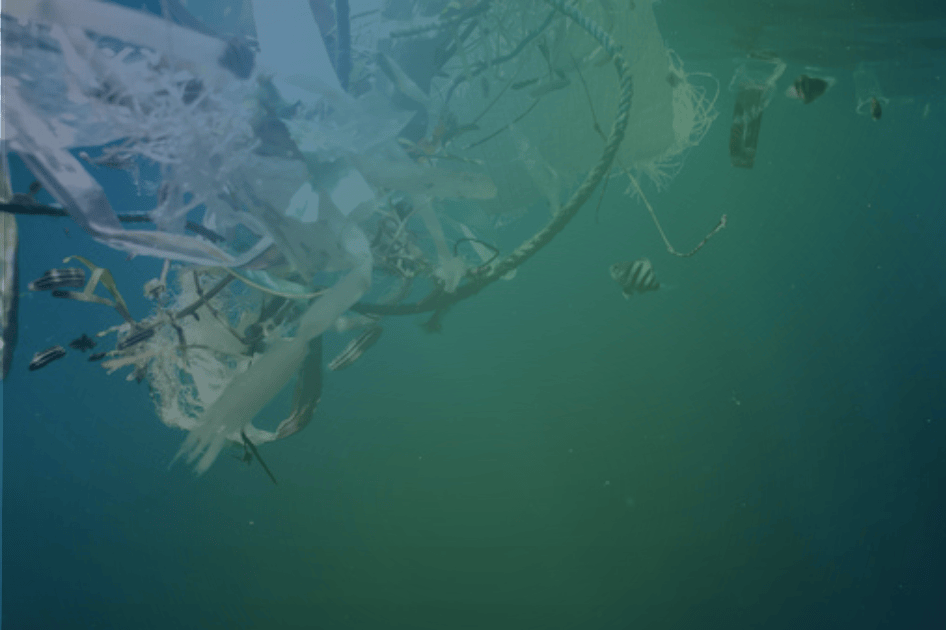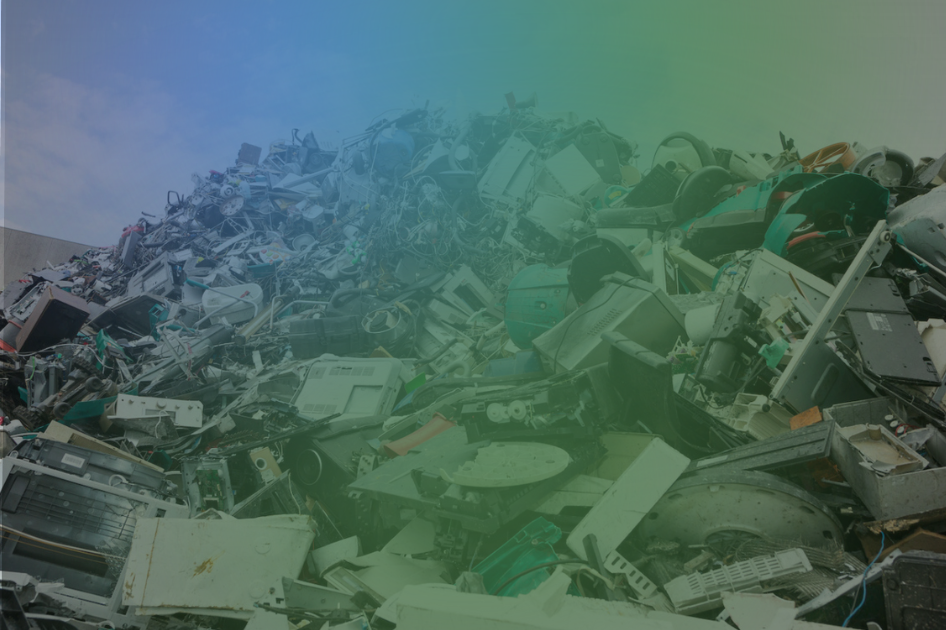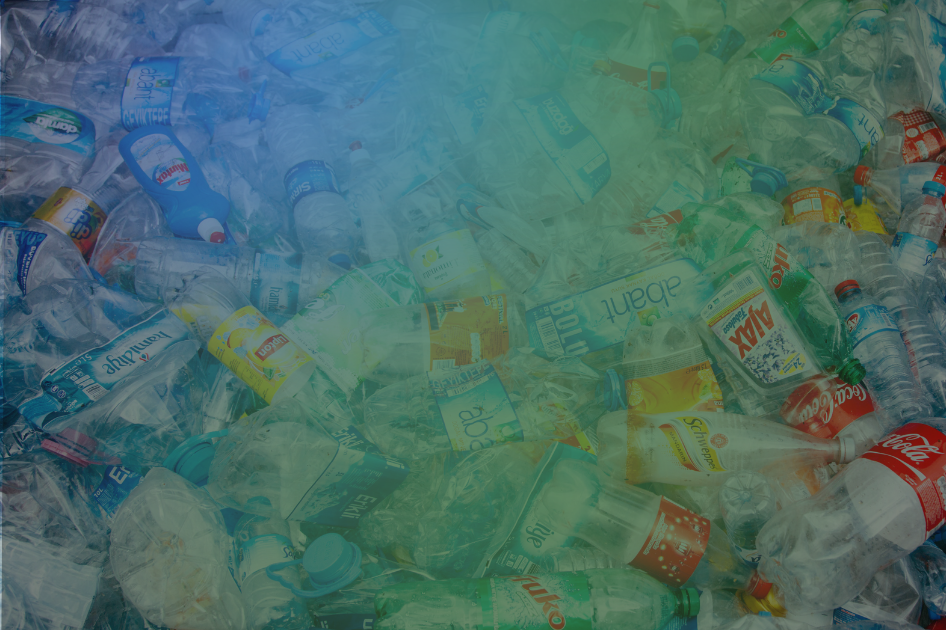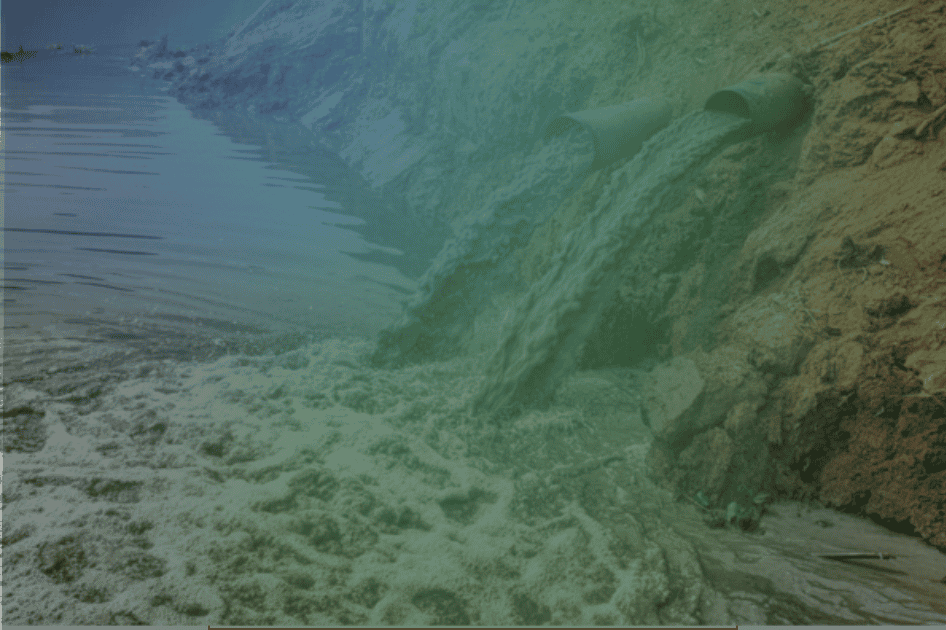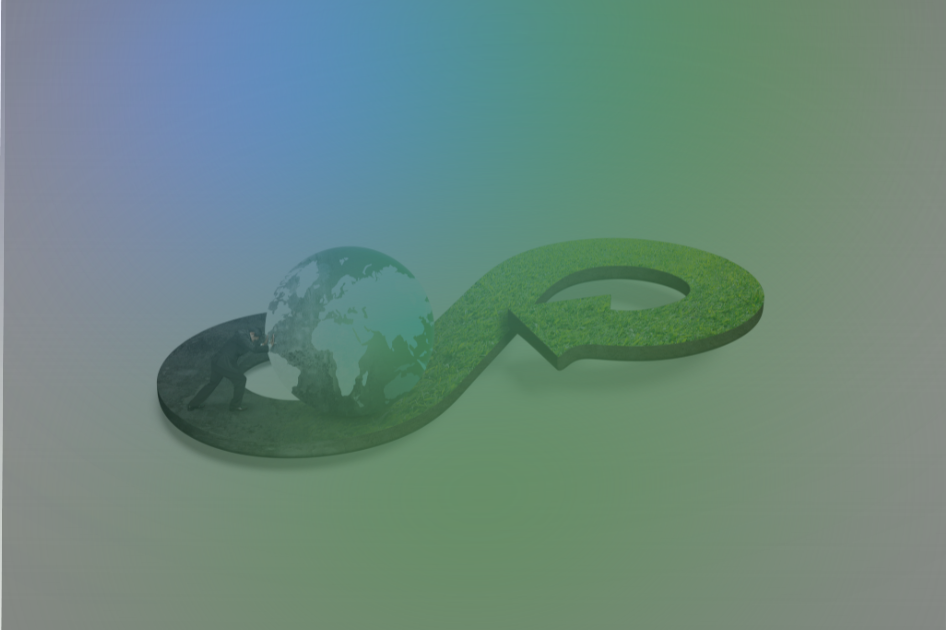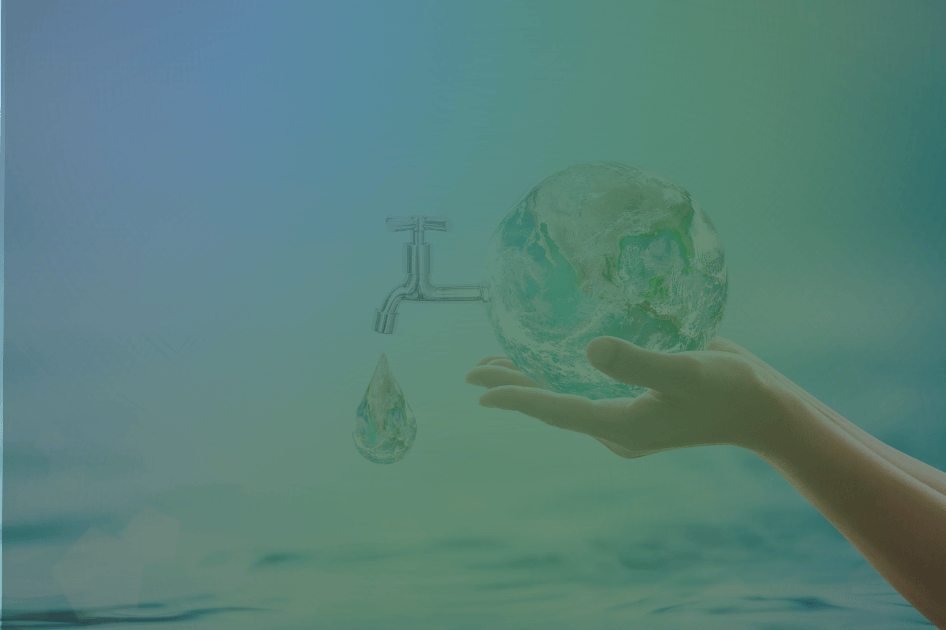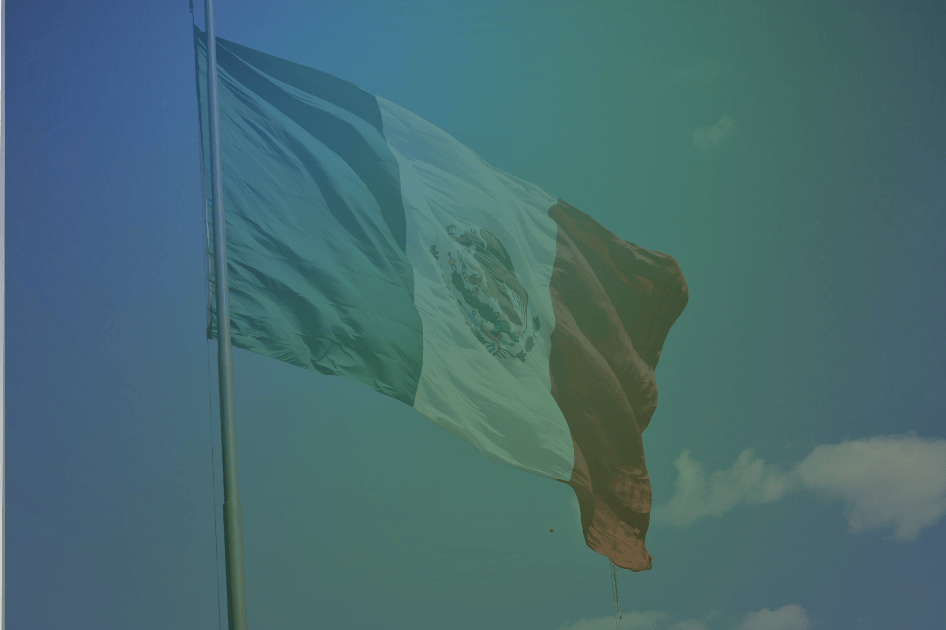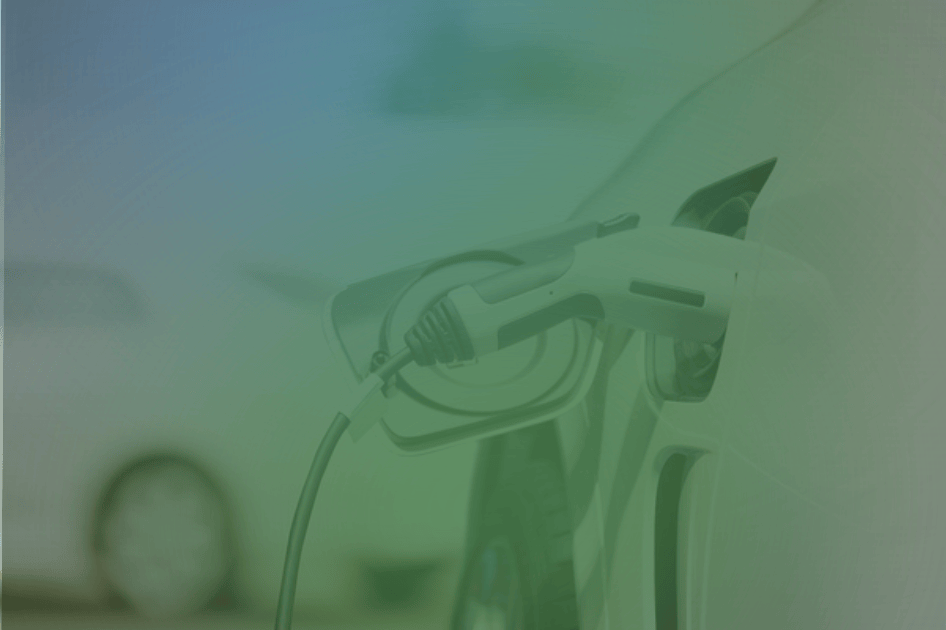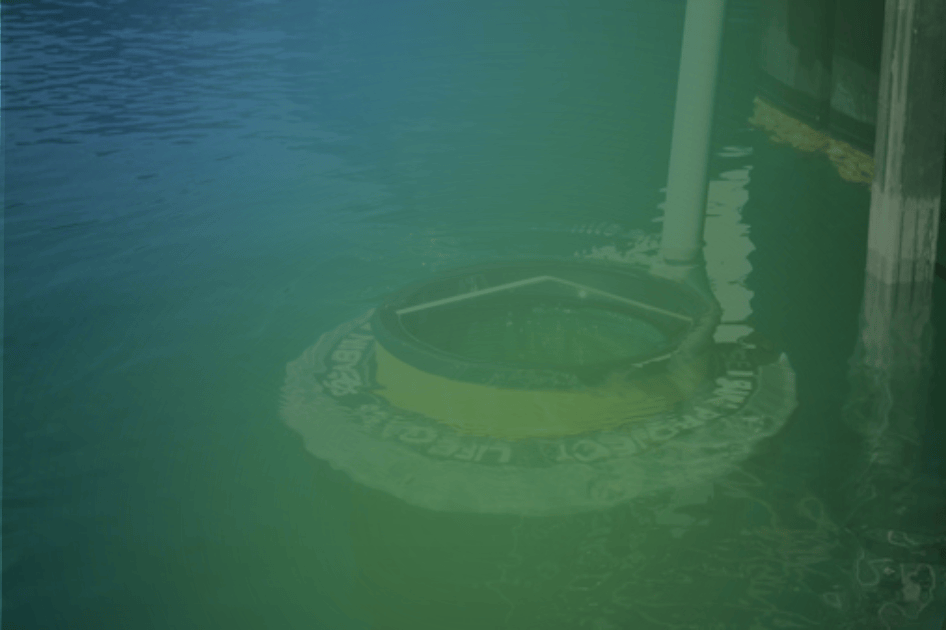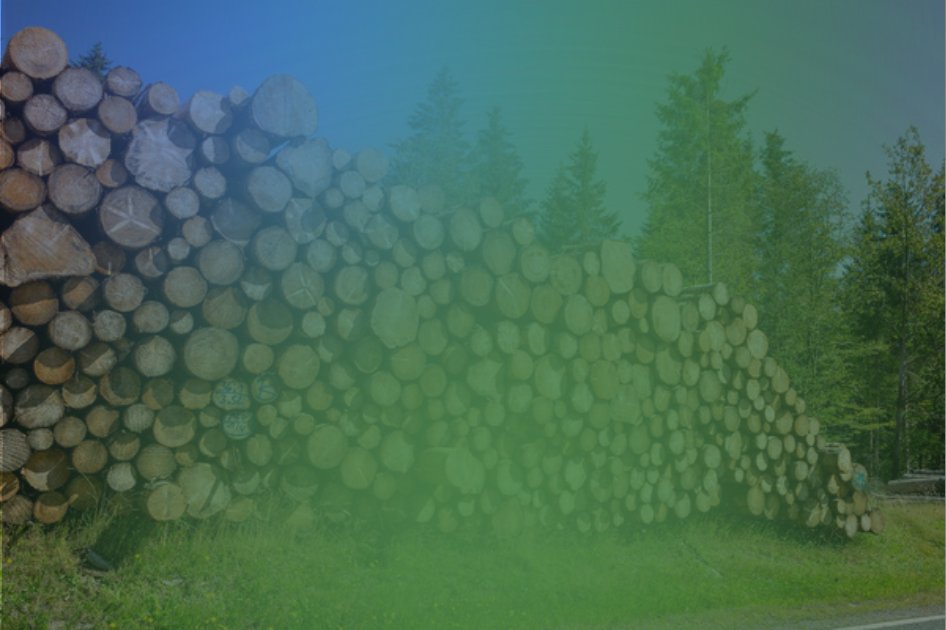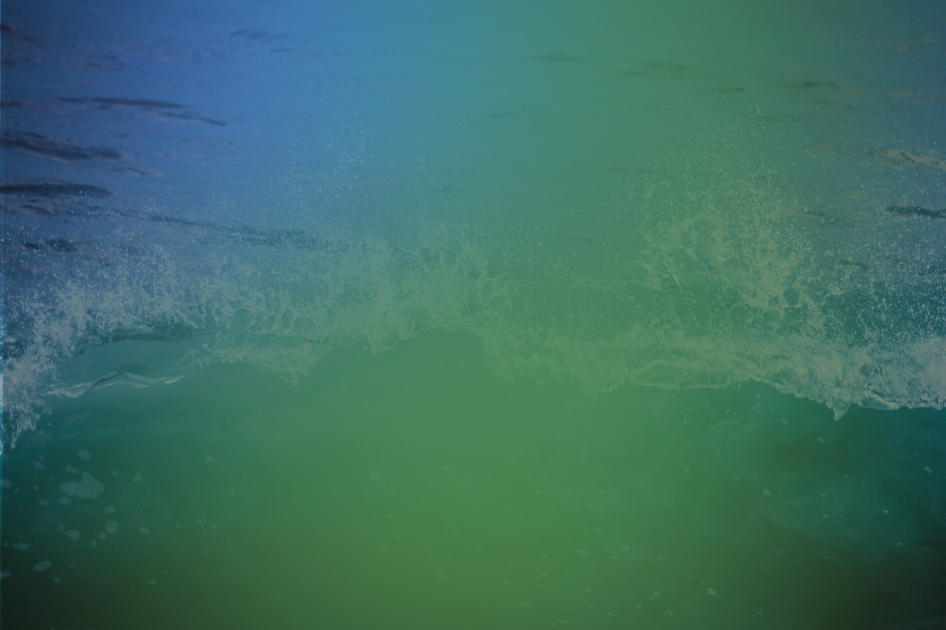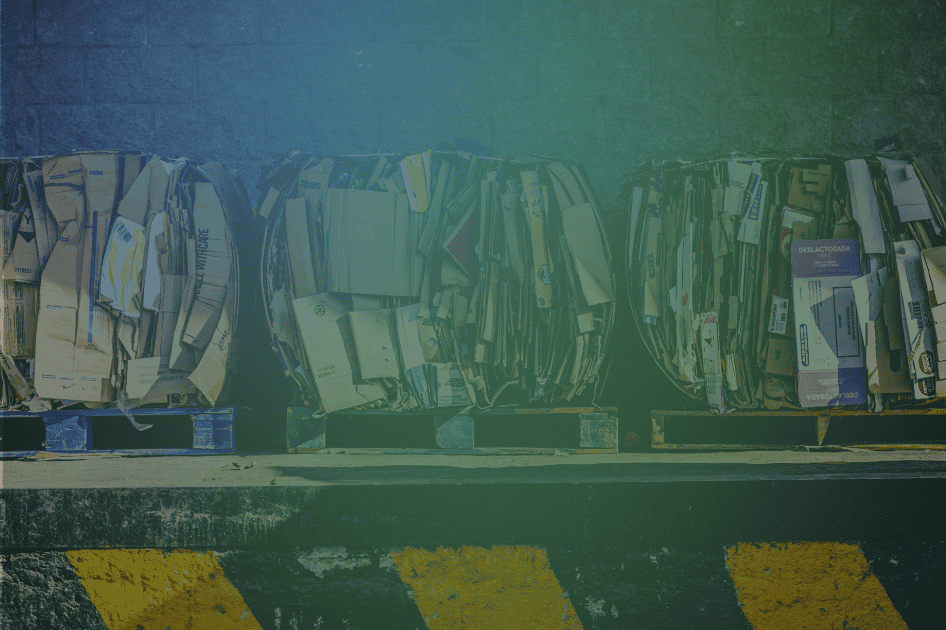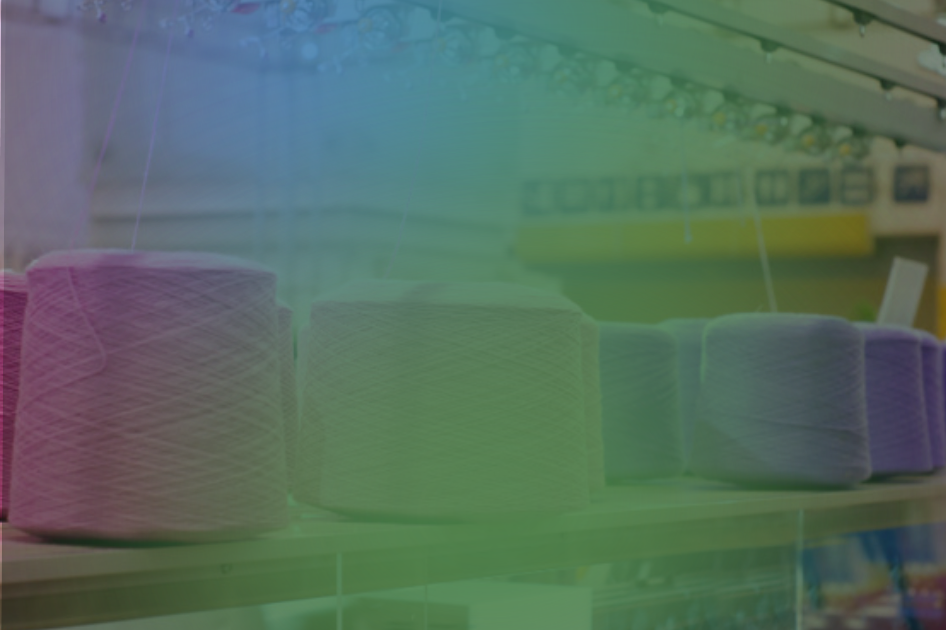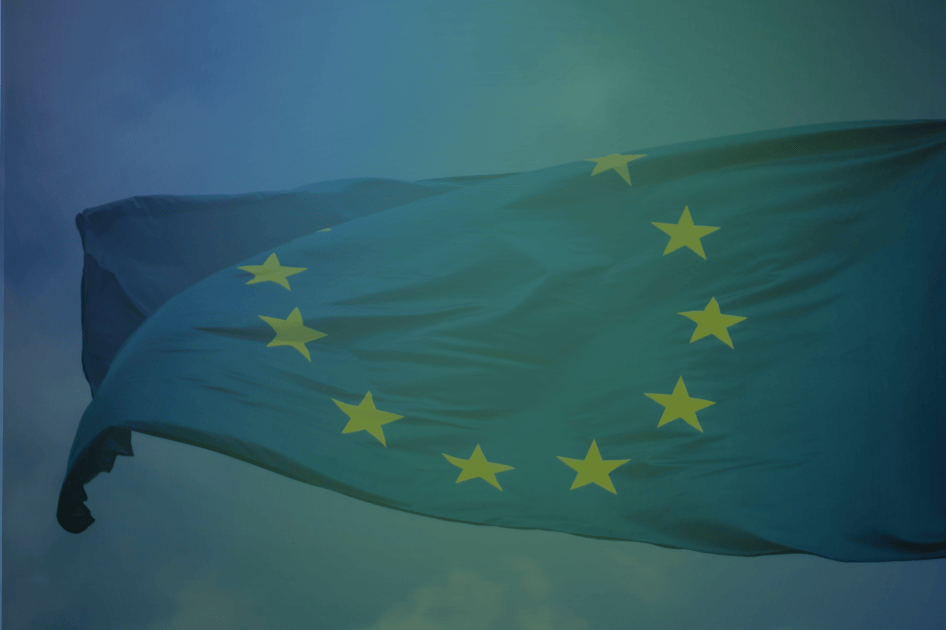Drawers full of old, unused electronic devices are part of almost every household: smartphones, tablets, e-book readers, headphones, remote controls, and various types of cables, to name just a few. This neglected source of critical raw materials can be given a second life, provided that this waste, known as WEEE, is disposed of correctly.
Scheduled for November 4-7 in Rimini, the 2025 edition of Ecomondo has launched the “WEEE-START: switch on the change”, involving the setup of a special separate collection point where visitors, exhibitors, and stakeholders can dispose of their small electronic waste with a simple but important gesture. This initiative is the result of a collaboration with various partners in the waste recycling sector and, more generally, in the circular economy: the Herambiente Group, currently part of the Scart project; the WEEE Coordination Center (CdC RAEE); and the European Week for Waste Reduction (EWWR).
<<Among the many sectors that make up the circular economy, we are focusing on textiles and critical raw materials, both of which are also the subject of specific competitive strategies by the European Union,>> comments Mauro Delle Fratte, Exhibition Manager of Ecomondo. <<In particular, this year we have decided to highlight the issue of small WEEE, in part thanks to the presence at our event of all the players in the recycling chain. The aim is to raise awareness on the need for proper disposal, currently still at rather low levels.>>
Countering the scattering of this type of waste is essential for the recovery of valuable secondary raw materials: <<In Italy, there are excellent facilities dedicated to this process that comply with all EU standards, but they struggle to operate at full capacity precisely because of insufficient disposal volumes. At the round tables set up by the Ministry of the Environment and Energy Security, attended by the various consortia involved, there is much discussion about possible solutions to improve this situation: the idea is to create local collection points, close to citizens and communities, in order to facilitate the spread of this good practice.>>
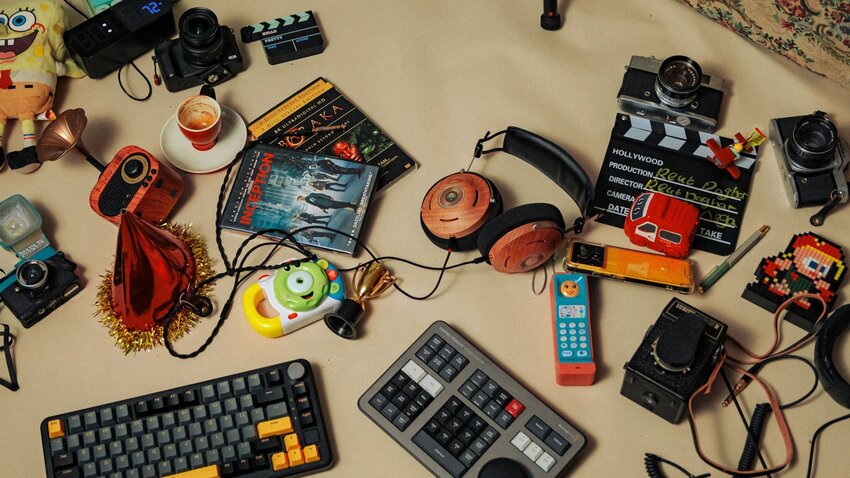
Art born from waste, to amaze and raise awareness
A spectacular installation will be standing at the south entrance of the Rimini Exhibition Center, where visitors can deposit their end-of-life electrical and electronic devices: a large wall, five meters wide and three meters high, covered in small WEEE. But that's not all: a vertical slab, gold on one side and silver on the other, made of rPET (polyethylene terephthalate, recycled from plastic bottles) by Aliplast, a company belonging to the Herambiente Group, will also be part of the installation.
A symbol, therefore, of a 360-degree circular economy: <<This is the philosophy of Scart, our Group's art and communication project, based on the creation of works of art and installations made exclusively from waste,>> comments Maurizio Giani, Marketing and Brand Promotion Director of the Herambiente Group. <<An idea for which we were awarded in 2017 by the Ministry of Cultural Heritage, as part of the Corporate Art Awards, as the world's leading corporate waste art project in terms of scope, originality, and continuity over the years.>>
The aim is to create works that amaze and raise awareness, presented every year at Ecomondo. <<For 2025, we have devised a co-branding project with Automobili Lamborghini: six robots made almost entirely from the car manufacturer's production waste.>>
- You may also be interested in: The future of small WEEE: reuse, repair, and recycling
The collection of small WEEE in Italy: the data
As shown by data collected by the WEEE Coordination Center, Italy collected over 236,000 tons of WEEE generated by households in the first eight months of 2025: a 2% increase compared to the same period in 2024, confirming the positive trend over the past two years.
The WEEE sent for recycling in the biggest quantities are large household appliances, such as refrigerators, air conditioners, washing machines, and dishwashers, which together exceed 153,000 tons, 65% of the total collection.
Small household appliances, kitchen appliances, personal care appliances, and consumer electronics are the types of electronic waste that have seen the best performance compared to last year (+5%), for a total of over 56,000 tons. <<This is an encouraging result, but there is still a lot of work to be done: on average, we recycle a total of around 80,000 tons each year, but this represents only 15% of the amount we could collect,>> points out Fabrizio Longoni, general manager of CdC RAEE. <<Much of the missing volume ends up in unsorted or other waste fractions, or remains unused in our drawers, limiting the possibility of recovering the many materials, including critical raw materials, of which they are made.>>
Finally, the last two types of WEEE that make up the collection are screen-based equipment, TVs, and monitors, and light sources: in the first eight months of this year, 25,000 tons and almost 2,000 tons were recycled, respectively.
- You may also be interested in: Critical raw materials: EU backs 60 strategic projects
European Week for Waste Reduction is coming
As has been the case for the past 17 years, Ecomondo will also be an opportunity to present the European Week for Waste Reduction (EWWR). This annual awareness campaign focuses on waste prevention and reduction through the 3Rs: reduce, reuse, and recycle.
The RAEE-Start initiative will serve as a teaser for SERR 2025, scheduled for November 22-30, <<dedicated to the theme of Waste Electrical and Electronic Equipment,>> as explained by Emanuela Rosio of the campaign's National Coordination Committee. By registering by November 9, 2025, anyone can organise an awareness-raising initiative in their community.
<<Small WEEE, from IT devices to electronic cigarettes, from small appliances to children's toys, are the ones that most easily accumulate in our homes because they are not bulky. It is important to encourage recycling, which can be done in various ways, from municipal recycling centres to large electronics stores (with a floor space of over 400 square meters, ed.) that are required to accept waste on a 1:0 basis, i.e., without the customer having to make a purchase in exchange, as well as during major specific initiatives, such as this one organised on the occasion of Ecomondo.>>
Article written by Maria Carla Rota
This blog is a joint project by Ecomondo and Renewable Matter
Credits:
- Photo by: Daniel Liberty su Unsplash
PUBLICATION
03/10/2025

